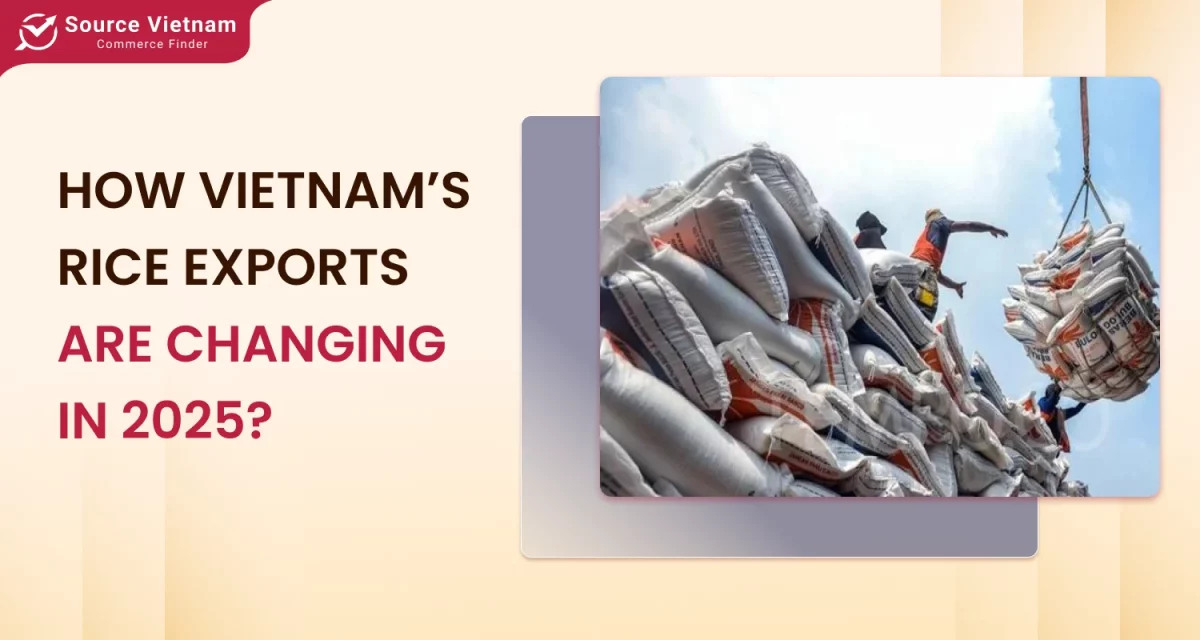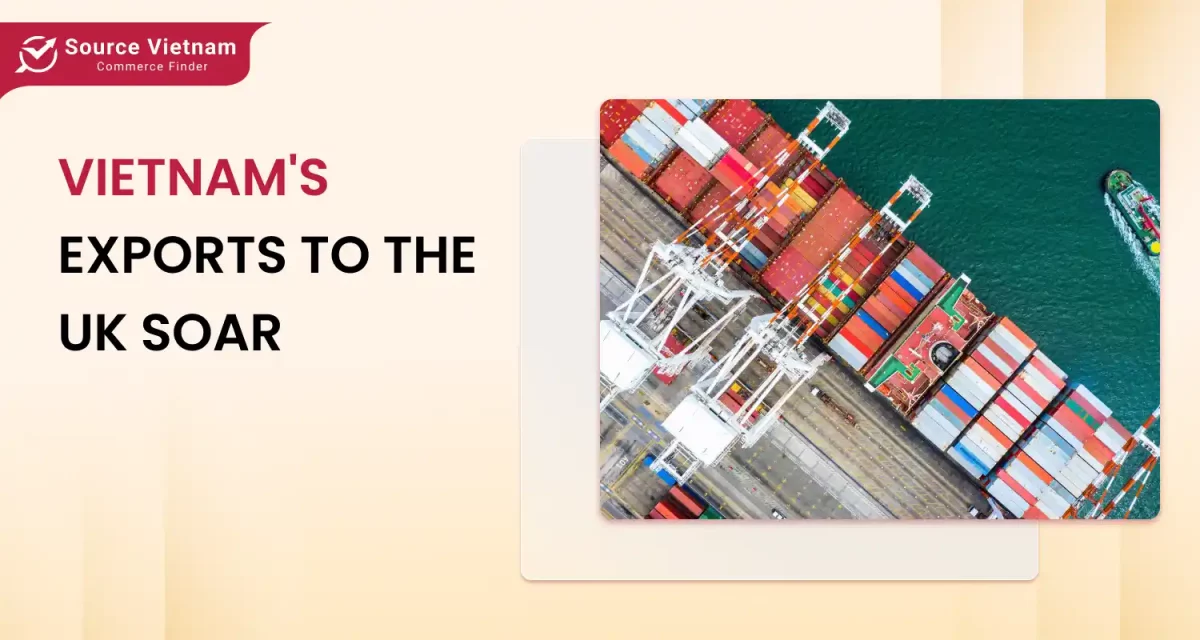Jasmine rice is a fragrant, long-grain rice from Thailand, known for its soft, slightly sticky, making it ideal for Southeast Asian dishes. White rice, milled and polished, is a more common variety with a light texture, but lacks the nutrients and depth of flavor.

Did you ever wondered why rice is the staple food for countless millions around the world? With varieties ranging from types to flavors, rice has become familiar and indispensable to almost every world cuisine. Jasmine rice and plain white rice are two of the most popular varieties.
This article explores the unique characteristics of these two types of rice: jasmine rice vs white rice. At the same time, discover why one of these two types of rice has become the favorite rice in the world.
What is jasmine rice?
Jasmine rice is a type of long-grain rice originally from Thailand. It is recognized by its fragrant quality and soft texture, which, after cooking, becomes just a little sticky—making it ideal for many different dishes. Jasmine rice has its own special aroma, which comes from the 2-acetyl-1-pyrroline compound.
Jasmine rice is a staple in Southeast Asian cuisine. It is served with stir-fries, curries, and even desserts. Its flexible texture complements strong dishes.

What is white rice?
White rice is a grain that has had its husk and face removed, leaving only starch in the grain. This makes the rice more mellow and light in color. Once it has been “polished” and thus part of it is taken off, however unfortunate, white rice is neither so healthy as brown rice nor nuttier in taste. Nevertheless, at mealtime, everyone must be content with white rice as it takes center stage. White rice commonly serves as a basic ingredient for rice dishes, side dishes, and desserts – any meal can be modified to use this type of rice.
There are different varieties of white rice, including long-grain, medium-grain, and short-grain. These all have a different feel. The long-grain is usually fluffy and not static. The medium-grain and the short-grain are both sticky, good for sushi or rice pudding.

Read more >>> Top 10 Best Rice Suppliers in Vietnam You Need to Know
Jasmine rice vs white rice: A detailed comparison
| Aspect | Jasmine Rice | White Rice |
| Aroma | Floral and fragrant | Generally lacks a strong aroma |
| Texture | Soft, slightly sticky, clumps together | Fluffy (long-grain) or sticky (short-grain) |
| Taste | Slightly sweet and nutty | Relatively bland |
| Nutritional Content | More protein, fiber; lower GI | Lower fiber; higher GI |
| Health Considerations | Better for blood sugar control (lower GI) | May cause spikes in blood sugar |
| Culinary Uses | Perfect for Asian dishes, curries | Suitable for side dishes and desserts |
- Aroma
Jasmine rice smells very flowery and fragrant, making every meal unique. On the other hand, white rice does not generally smell strongly and is, therefore, more flexible for any meal in which smell is not an issue.
- Texture
Jasmine rice is soft, subtly sticky, and clings together when cooked, making it perfect in dishes like curries or stir-fries. White rice comes in many varieties, unlike the long-grain white rice that cooks up light and fluffy. The short-grain rice is stickier and denser, better for recipes like sushi or rice cakes.
- Taste
Jasmine rice has a slight, rather sweet, nutty taste that enhances quite a few Asian foods it is used with. White rice’s taste is simple, and therefore, it’s easy to mix with the flavors in sauces or spices.
- Jasmine rice vs white rice nutrition
Jasmine rice is slightly healthier because it contains a higher amount of protein and fiber compared to ordinary white rice. Moreover, jasmine rice has a lower GI, which implies that the digestion of its carbohydrates and subsequent resorption into the bloodstream occur more gradually. Conversely, white rice contains less fiber and has a higher GI; this means the increase in blood sugar will happen more rapidly.
Read more >>> How Is Rice Grown in Vietnam? Traditional Farming Secrets
- Health consideration
Owing to the low GI, jasmine rice is a better option for dieting and controlling blood sugar levels. White rice is easy to cook and adaptable. However, it can raise blood sugar and contribute to body weight when consumed excessively.
- Cooking usage
Jasmine rice is the common choice in Asia. It is suitable for stir-fries, curries, and meals that enjoy its slightly sticky texture. White rice has a neutral taste and is a staple in many cuisines worldwide. It is often used in side dishes, soups, and desserts like rice pudding.
Find out why most people prefer jasmine rice for flavor and health benefits!

Read more >>> How to Import Rice from Vietnam to Philippines
Popular jasmine rice brands
When jasmine rice is mentioned, the first things that people care about are quality and reliability. Now, here are some of the best brands of jasmine rice just newly regurgitated for home use or for the wholesale rice trade.
Royal Jasmine Rice
Jasmine rice is synonymous with quality and a truly true Thai taste. This company offers a range of jasmine rice products, from long-grain rice that goes with curries, stir-fries, and other Asian food dishes to one-hour technology-cooked microwaveable rice. Its packaging options are suitable for individual purchasers as well as wholesale markets.
Golden Phoenix Jasmine Rice
Golden Phoenix is a name trusted in jasmine rice for its aromatic rice and quality grains, which it imports directly from Thailand. Its products maintain texture and delightful fragrance consistency, making them popular among chefs. Golden Phoenix also offers bulk options for restaurants and catering services.
Three Ladies Jasmine Rice
Three Ladies Jasmine Rice is preferred for its great fragrance and slightly sticky texture. The brand is highly recommended in many original Asian recipes, from stir-fries to fried rice. Available in different sizes, it suits the needs of a household and larger-scale food preparations well. Find the best jasmine rice brands for your kitchen.
Cooking jasmine rice
Preparing jasmine rice perfectly can be daunting. With its fragrant aroma and fluffy texture, you can incorporate it into any dish. It is a delightful eating experience. Things like the steps and tips below can make this grain even more delicious, whatever purpose you are using it for: together with a strong curry or also as the base of a stir-fry.
The usual rules of thumb:
- Take 1&1/2 cups of water for each cup of jasmine rice you are cooking “either with steam or soaking”.
- Rinse rice: Place the rice in a bowl and rinse it with cold running water. Add a little salt to help remove any remainder of the starch. Keep rinsing, stirring by hand, and placing it back in a bowl until the water is fairly clear. This will help eliminate excess starchiness, making the rice fluffy rather than having too many lumps.
- Combine rice and water: Add the rinsed rice and measure water to a pot. A tight-fitting lid is crucial for trapping steam, so make sure you have one on hand.
- Cook the rice: Bring the pot to medium heat, and wait for it to boil gently. Turn the heat down a bit and cover the pot with a lid, leaving space for steam. Let it simmer at this temperature for 15 minutes.
- Let it rest: It must now get enough time to cool off. Let the rice sit for 5–10 minutes with the lid still on. Do not turn off the heat at this time.
- Fluff and serve: Use a fork to gently fluff the rice, separating the grains without breaking them.

How to make perfect jasmine rice
- For stovetop cooking, 1:1.5 is generally the most effective ratio. If you use a rice cooker, see the manufacturer’s instructions. Nevertheless, in general, this ratio always works.
- Don’t lift the lid to look at the rice while cooking. Steam could interfere with the method of cooking doing so.
- Use a fork, not a spoon, to “fluff” the rice. This maintains the light, flaky consistency that jasmine rice should always have.
Cooking jasmine rice is not all about instruction; it is also about care and attention to make a dish perfect to complement your meal.
Conclusion
Jasmine rice vs white rice are both different in form and function. Jasmine rice’s sweet smell and soft touch make it the ideal choice for Asian dishes. As for white rice, which has no particular odor at all and is all-purpose, could fit any recipe. For people who pay attention to health, jasmine rice is better suited. It contains a little more nutrients than white grain does while having low GI points, which makes it an excellent option apart from simply being a more affordable and adaptable staple for the budget-friendly diner.
Visit SourceVietnam.com to find reliable and affordable rice suppliers in Vietnam.
FAQs
What is the main difference between jasmine rice and white rice?
Jasmine rice vs white rice has many differences. Jasmine rice is characterized by a floral aroma, soft texture, and nutty taste, while white rice has a neutral flavor, depending on what type of grain it is.
Why is jasmine rice better than white rice?
Jasmine rice is more nutritious. It also has a lower glycemic index. This helps control blood sugar better.
Which type of rice is better for weight loss?
Jasmine rice, with its lower glycemic index, may help curb cravings, but portion control is key for weight loss.
Where can I buy jasmine rice?
You can find jasmine rice in most grocery stores, Asian markets, and online retailers, often sold by brands like Royal or Three Ladies.















